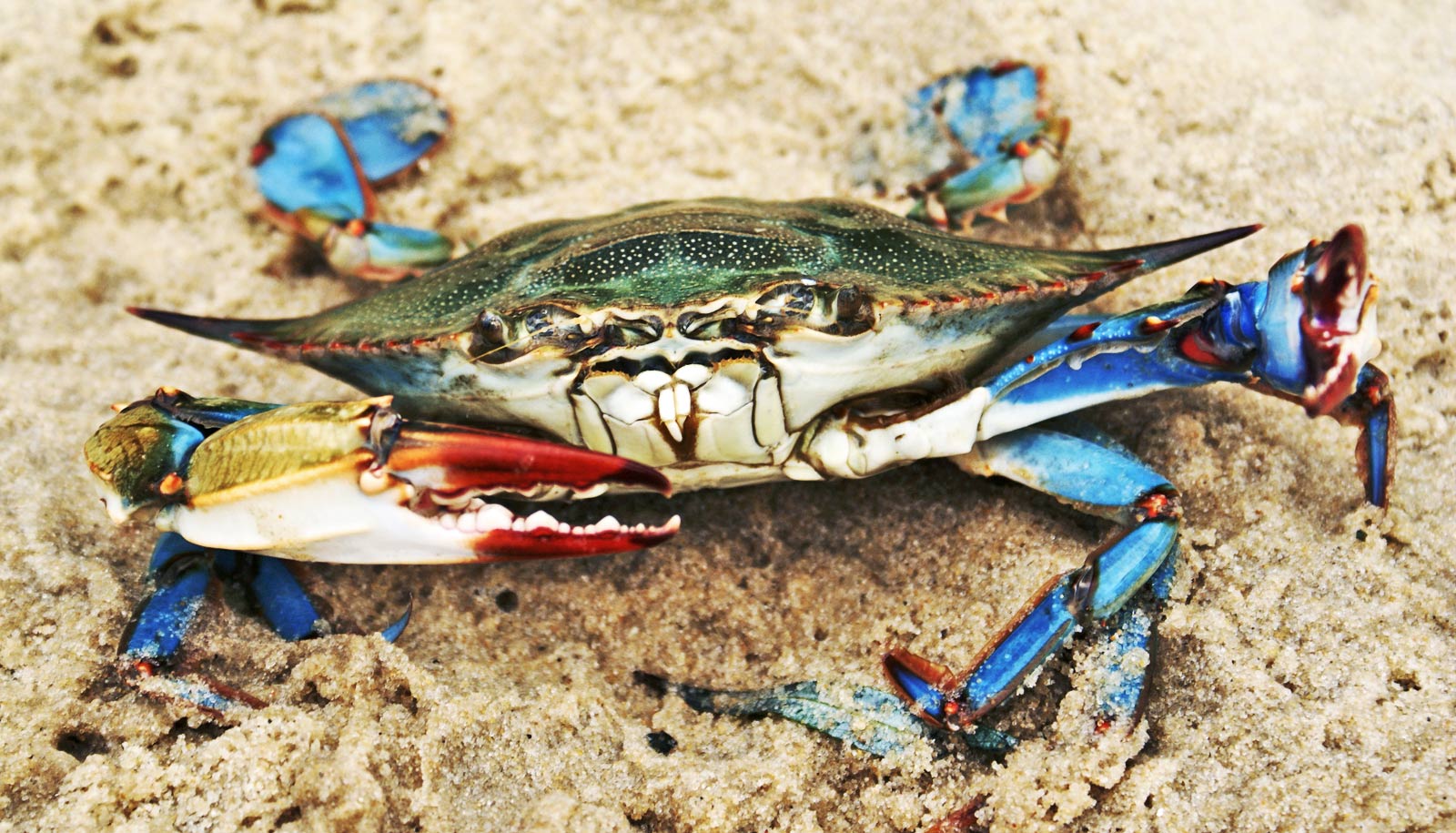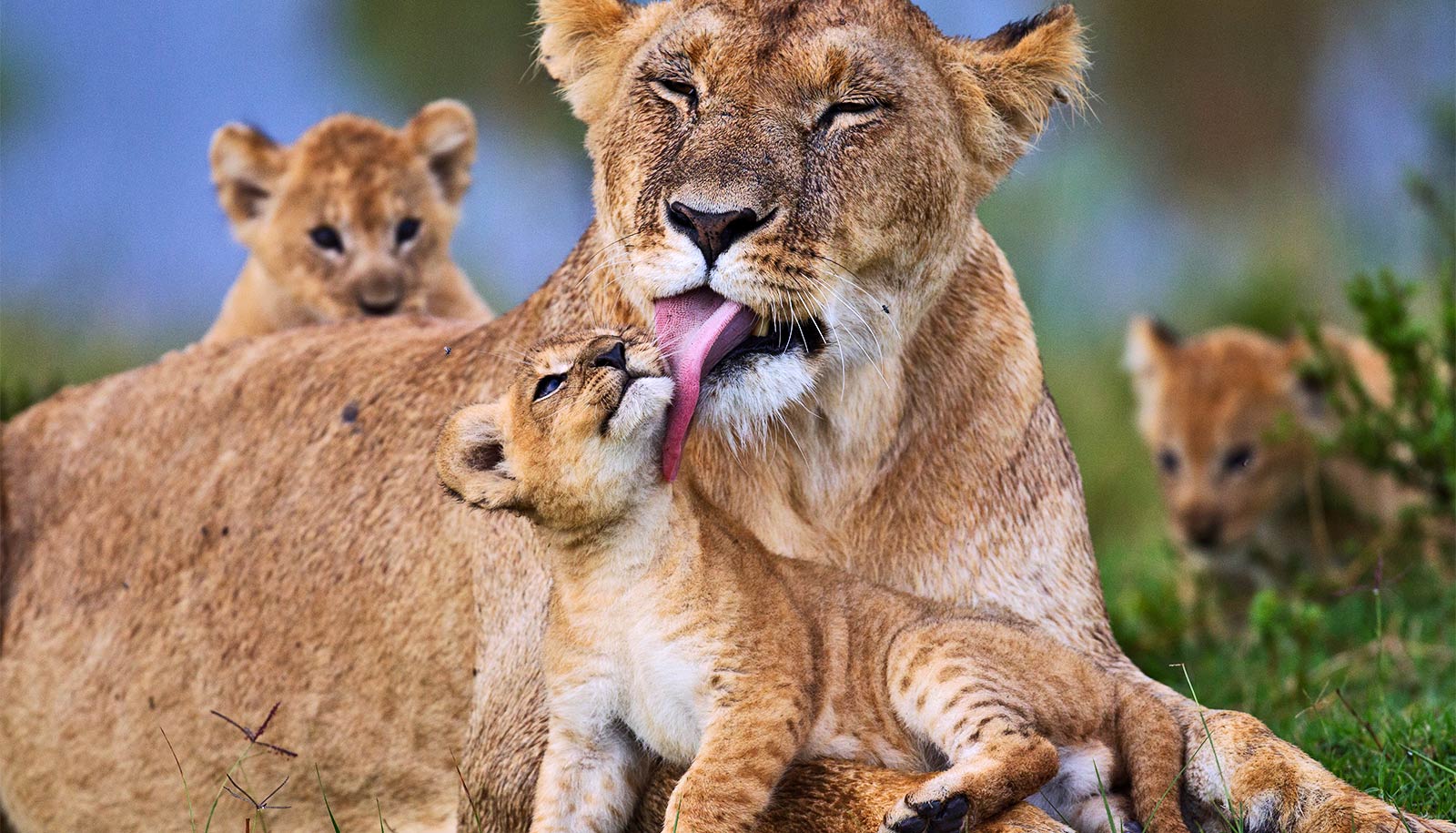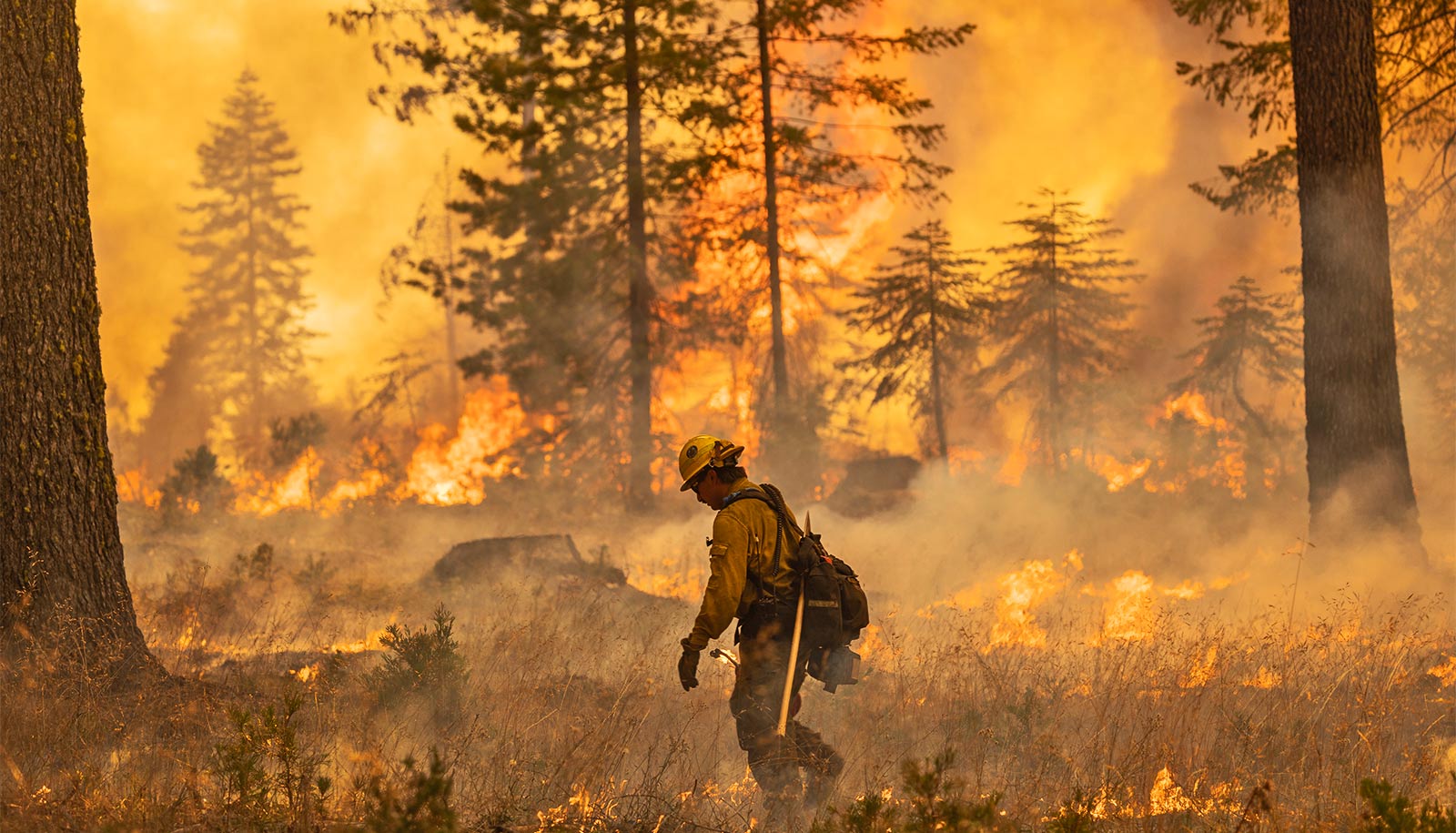A new food web highlights which birds, fish, insects, and other animals affected by the Deepwater Horizon explosion in 2010 should receive top priority for conservation, protection, and research.
Until now scientists didn’t know which kinds of animals the spill affect most and what impact their collective fates had on the food chain after the offshore oil rig exploded and dumped 4.9 million barrels of oil into Louisiana’s salt marshes.
“There were lots of studies about who eats whom, and about what species are sensitive to oil,” says Olaf Jensen, professor of marine and coastal sciences in the School of Environmental and Biological Sciences at Rutgers University. “We put those together and asked, ‘Who is both important in the food web and really sensitive to oil?'” These are the species most in need of protection because their loss can have ripple effects throughout the food chain.
For a new study in Frontiers in Ecology and the Environment, scientists constructed a marsh food web for Barataria Bay, Louisiana. The findings show that killifish play a key role in the food web and fared relatively well in the wake of the spill.
Watch: We could clean up oil spills with this reusable sponge
Terns, gulls, and wading birds, such as herons, however, are both sensitive to oil and so extensively connected to other animals as prey and predator that their loss would affect other species in the food chain. Some studies indicate that the mortality among terns and gulls in Barataria Bay was as high as 32 percent.
“We didn’t just want to find winners and losers from the effects of the spill,” says lead author Michael McCan, a postdoctoral researcher at Rutgers University at the time of the study and now a scientist at the Nature Conservancy. “We wanted to find out what role each kind of animal would play in how a food web responds to something like this oil spill.”
Some animals, such as roundworms, were found to be highly sensitive to the oil, but were not considered to be critical to the food chain because they are not highly connected to other animals as prey or predator.
Finally, the scientists identified several species as key to the saltmarsh ecosystem that should be considered top priorities for future research. Blue crabs were among such animals.
“Our analysis identified blue crab as one of the most important species in the Louisiana salt marshes because they eat or are eaten by nearly every other animal in this environment,” says coauthor Michael Polito, assistant professor of oceanography and coastal studies at Louisiana State University College of the Coast and Environment.
“As the sensitivity of blue crabs to oil is still unclear, future work is needed to clarify how oil spills might affect this important species and result in changes throughout the salt marsh ecosystem.”
Additional researchers from Rutgers, Louisiana State University, Louisiana Universities Marine Consortium, University of North Carolina, East Carolina University, and Stony Brook University are coauthors of the study. A grant from the Gulf of Mexico Research Initiative funded the team’s effort.
Source: Rutgers University



